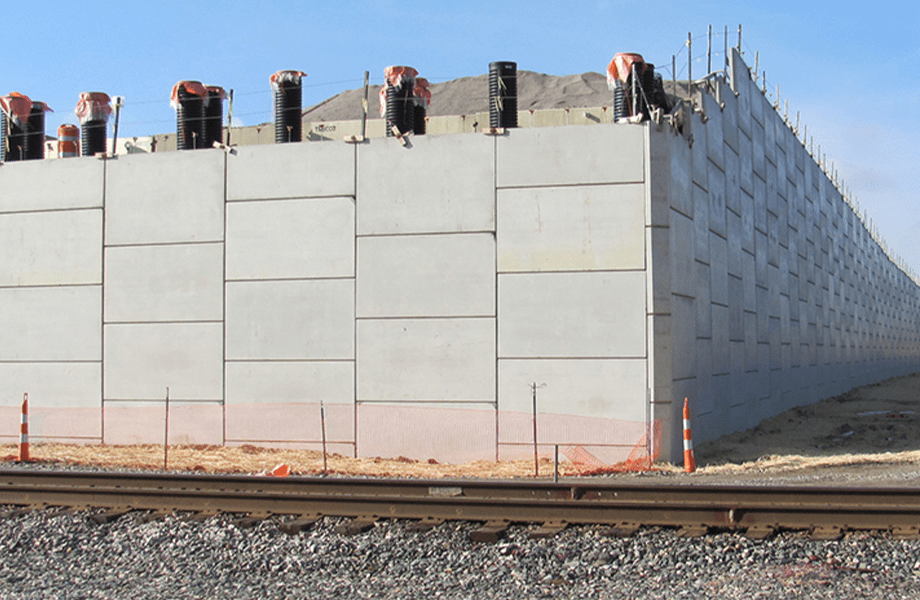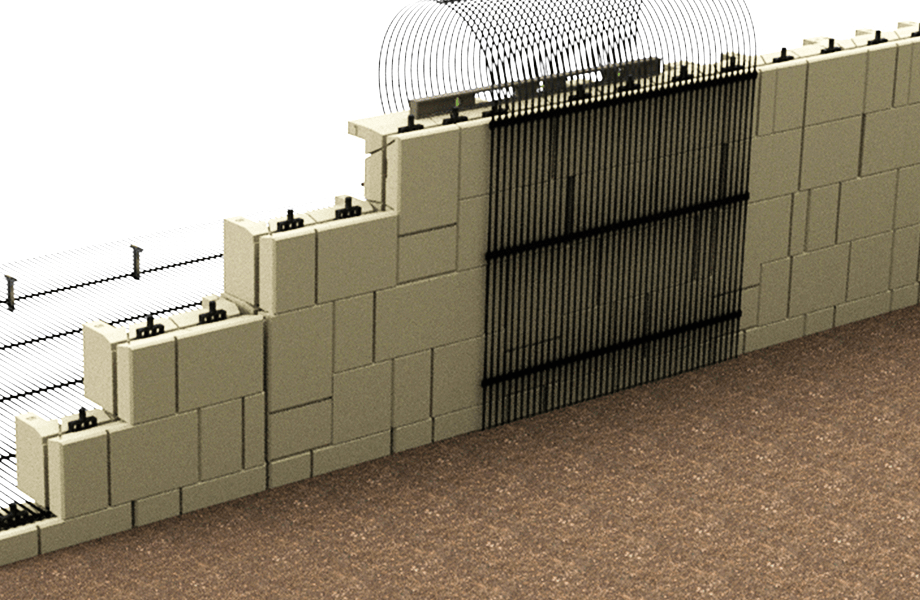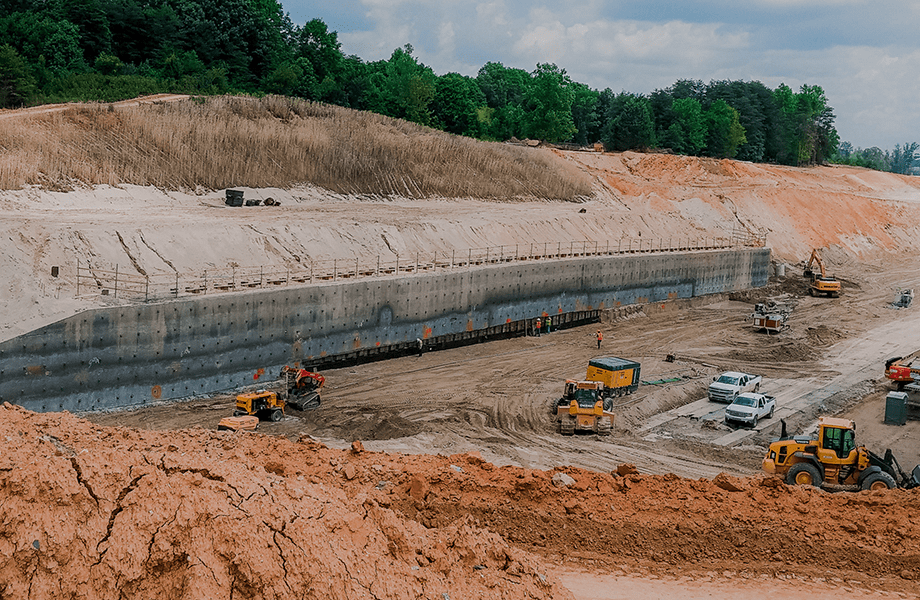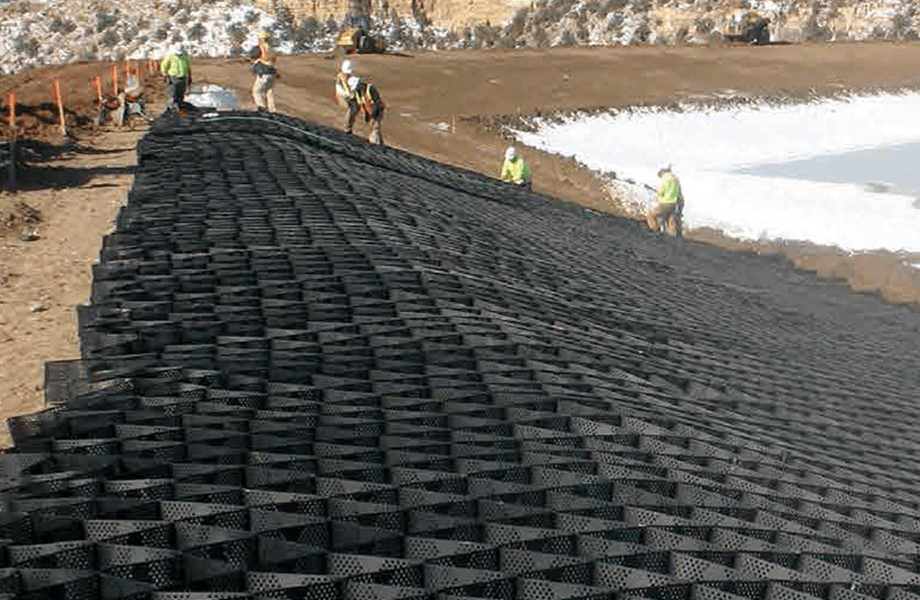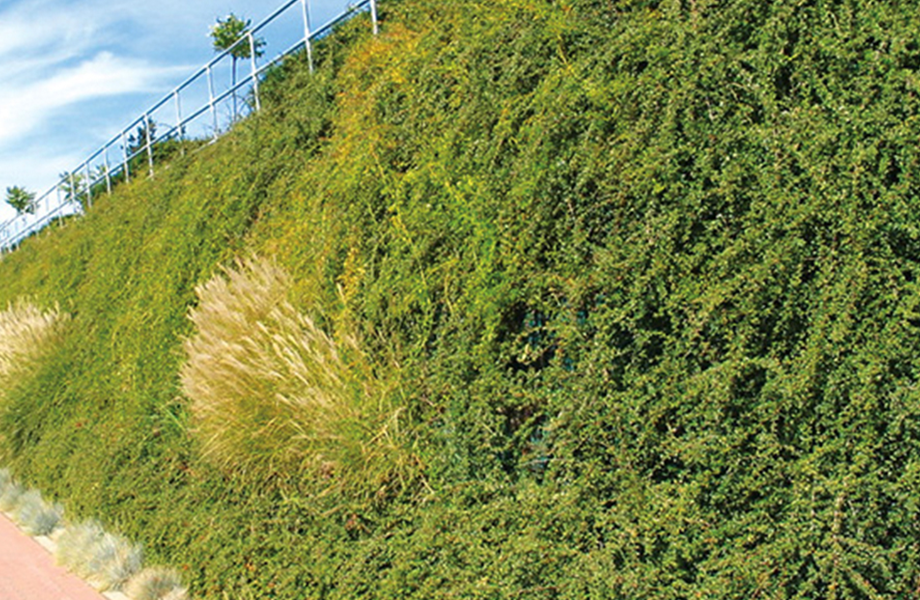Common Problems & Available Solutions
Looking for a sustainable and cost-effective solution for grade separation? Consider using geosynthetic systems that compliment and enhance your vegetation, creating a permanent "green" structure helping to reduce erosion, improve water quality, and enhance the overall aesthetics of the channel or ditch.
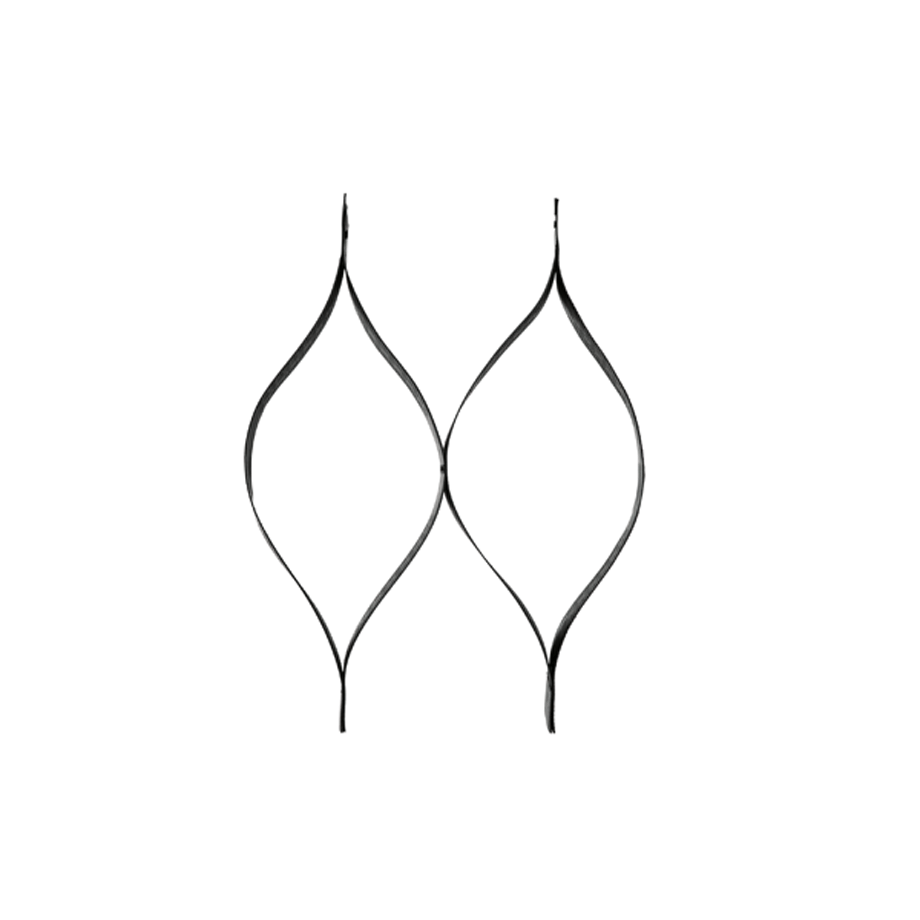
Through an interconnected honeycomb-like network, 3D geocells confine and stabilize soils that would otherwise be unstable under loading.

An engineered wrap-face vegetated solution for constructing reinforced-soil walls and steepened slopes.
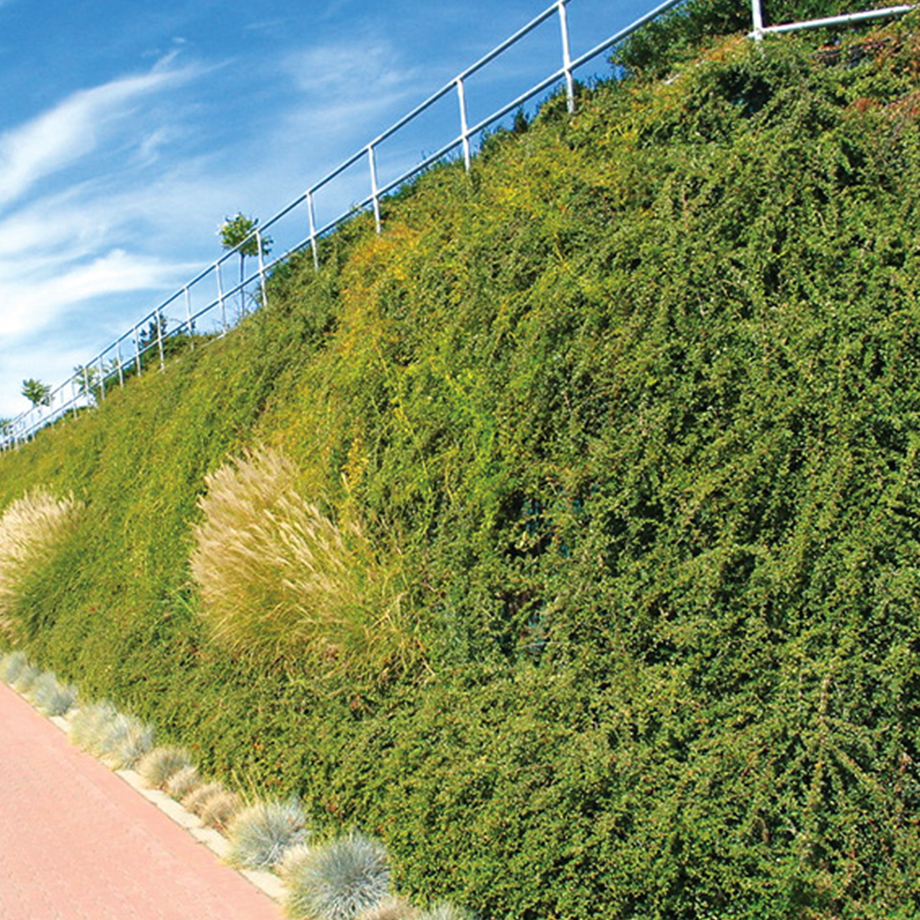
An economic and more aesthetic alternative to conventional concrete retaining walls comprised of a facing system, TRMs, and geogrid.
Our team of engineers has been serving clients for over 20 years, bringing an unmatched level of design expertise and the knowledge to incorporate geosynthetics into your solution to save time and money, while extending the life of your retaining wall.
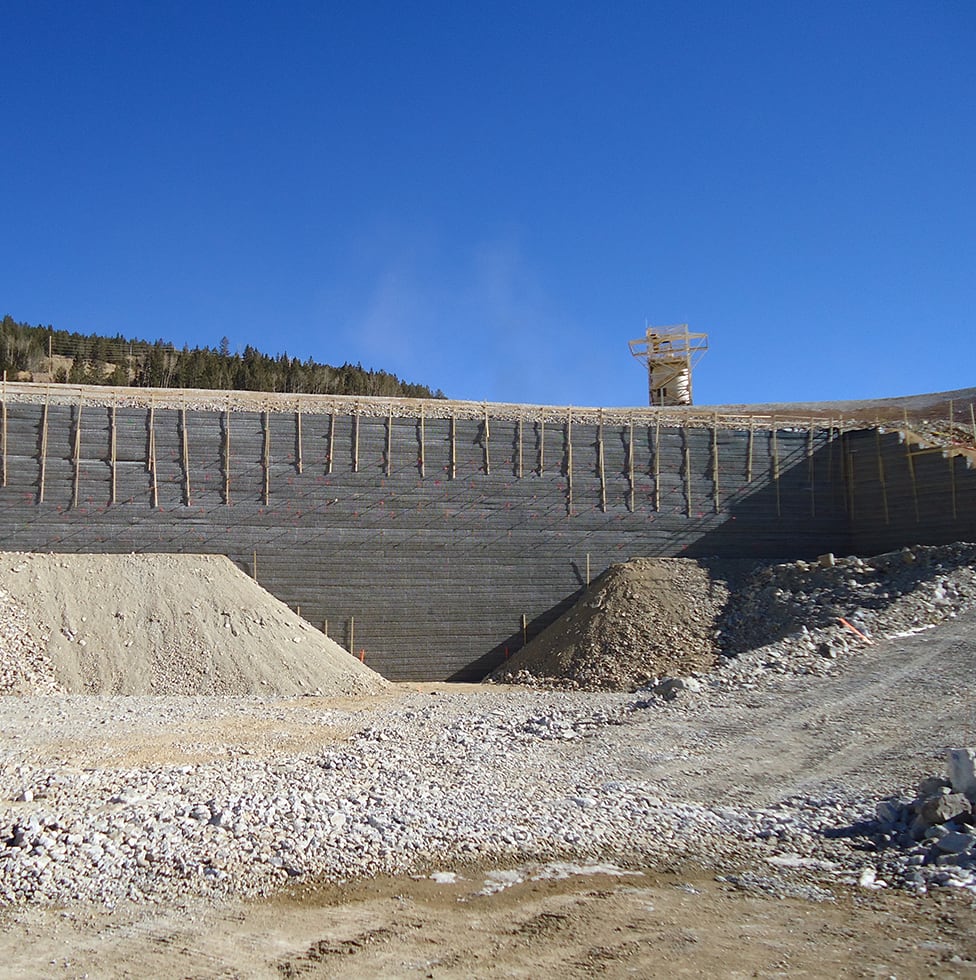
A collection of vegetated and non-vegetated systems and technologies used in grade separation applications for reinforcement, stabilization, and erosion control.
Geosynthetics can be used to distribute critical loads on a wall into the embankment, so that the wall face is not challenged. A common practice is to tether the wall face to rows of geogrid. By spreading the wall's load across a larger surface area, we can build safer, stronger, and surer structures.
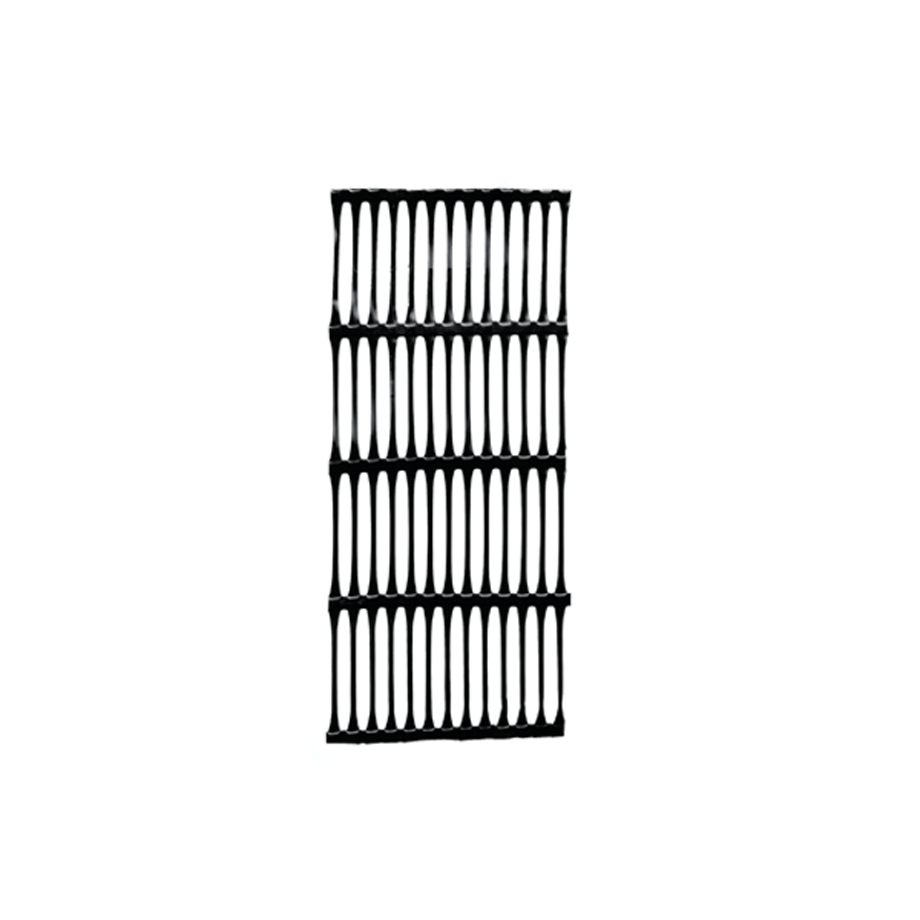
A specific type of geogrid that provides maximum strength in a singular direction. This style of geogrid serves as a key component in load-bearing structures such as retaining walls or reinforced slopes.
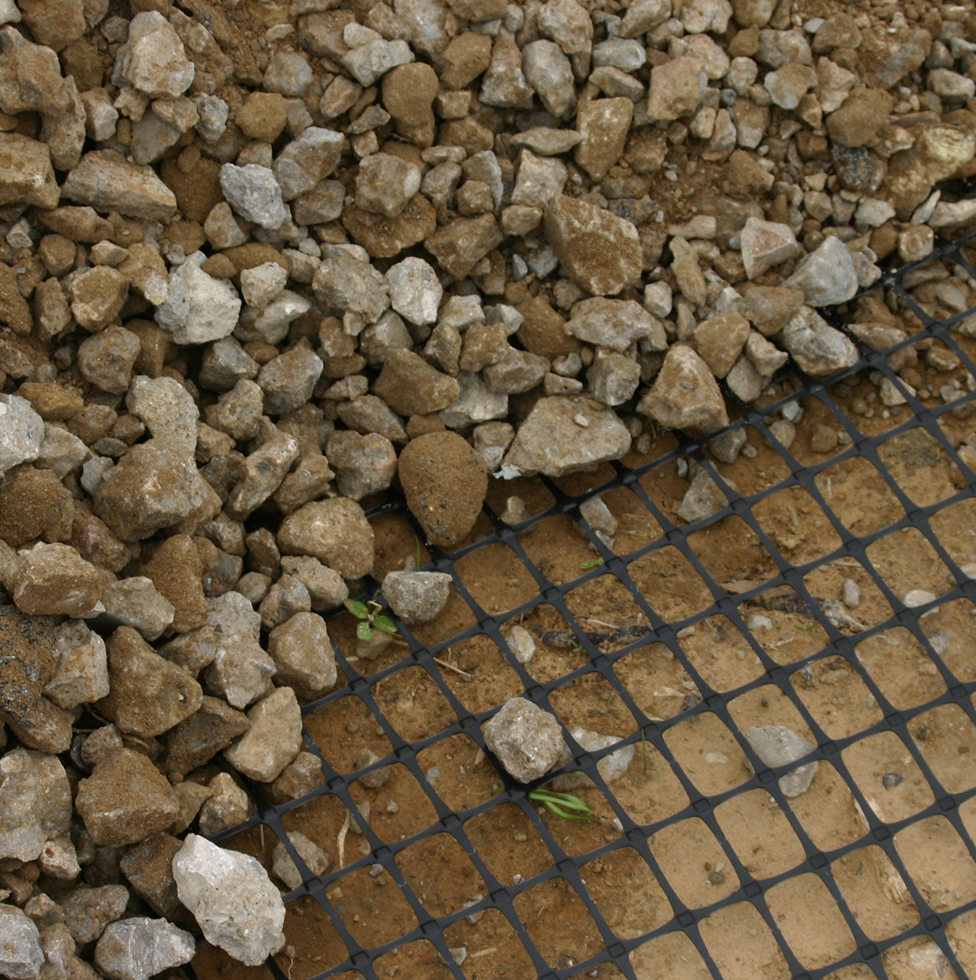
Geogrid technology with strength in the longitudinal and transverse direction to enhance and reinforce subgrade, aggregates, base, and wearing courses.
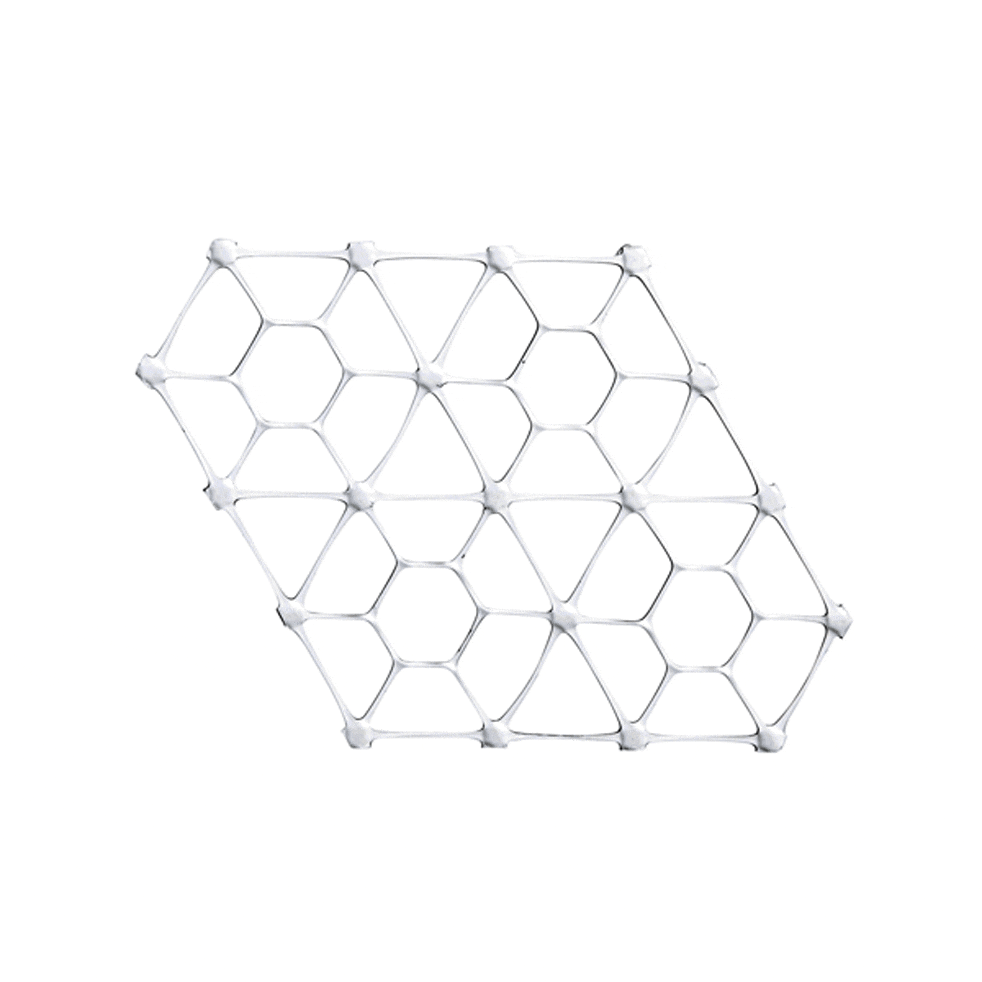
Advanced interlocking for superior compaction, improved load transfer, longer life span and better performance.
Moisture build up within a wall can be dangerous, causing unneccesary pressure on the facing units of the wall, prompting the risk a failure or blowout. Redirect water which might threaten your wall by incorporating various forms of geosynthetics in and around your system.

Low profile, dimpled polymeric core typically bonded to nonwoven geotextile for collecting and transporting water.
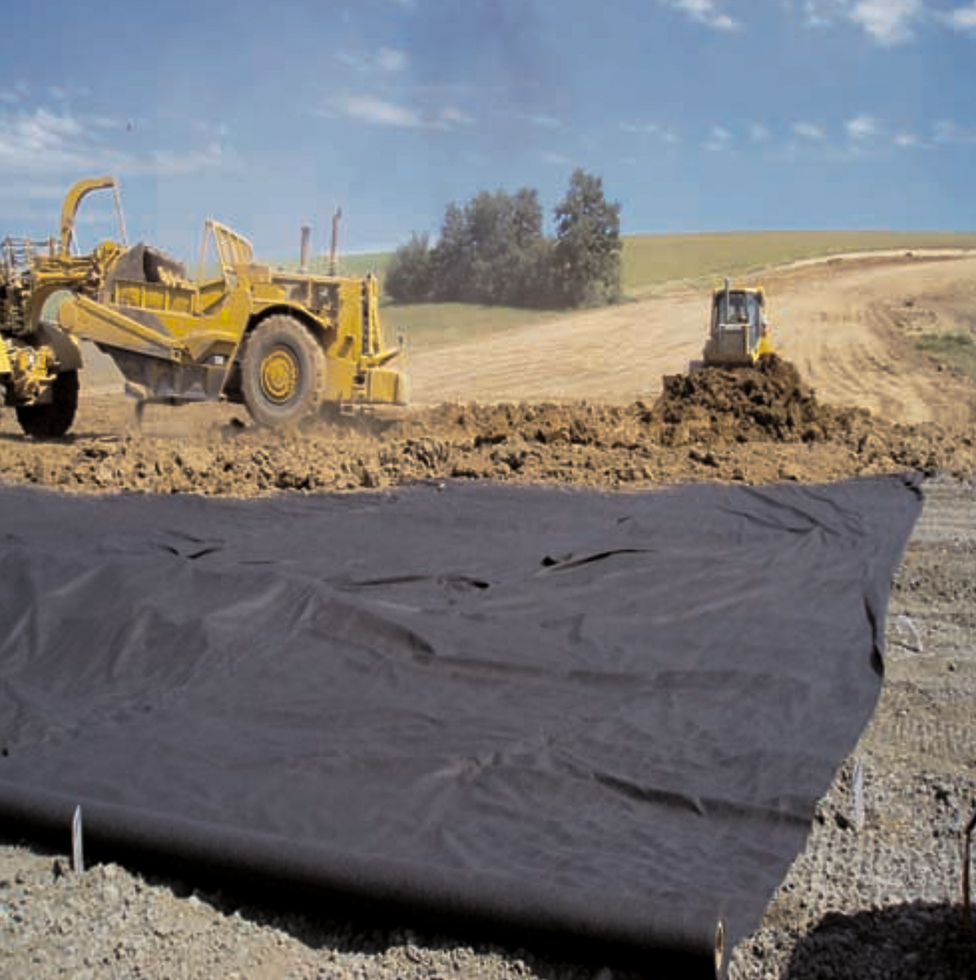
Felt-like fabrics used in construction to enhance separation, filtration, and draining capacity.
Looking for a sustainable and cost-effective solution for grade separation? Consider using geosynthetic systems that compliment and enhance your vegetation, creating a permanent "green" structure helping to reduce erosion, improve water quality, and enhance the overall aesthetics of the channel or ditch.

Through an interconnected honeycomb-like network, 3D geocells confine and stabilize soils that would otherwise be unstable under loading.

An engineered wrap-face vegetated solution for constructing reinforced-soil walls and steepened slopes.

An economic and more aesthetic alternative to conventional concrete retaining walls comprised of a facing system, TRMs, and geogrid.
Our team of engineers has been serving clients for over 20 years, bringing an unmatched level of design expertise and the knowledge to incorporate geosynthetics into your solution to save time and money, while extending the life of your retaining wall.

A collection of vegetated and non-vegetated systems and technologies used in grade separation applications for reinforcement, stabilization, and erosion control.
Geosynthetics can be used to distribute critical loads on a wall into the embankment, so that the wall face is not challenged. A common practice is to tether the wall face to rows of geogrid. By spreading the wall's load across a larger surface area, we can build safer, stronger, and surer structures.

A specific type of geogrid that provides maximum strength in a singular direction. This style of geogrid serves as a key component in load-bearing structures such as retaining walls or reinforced slopes.

Geogrid technology with strength in the longitudinal and transverse direction to enhance and reinforce subgrade, aggregates, base, and wearing courses.

Advanced interlocking for superior compaction, improved load transfer, longer life span and better performance.
Moisture build up within a wall can be dangerous, causing unneccesary pressure on the facing units of the wall, prompting the risk a failure or blowout. Redirect water which might threaten your wall by incorporating various forms of geosynthetics in and around your system.

Low profile, dimpled polymeric core typically bonded to nonwoven geotextile for collecting and transporting water.

Felt-like fabrics used in construction to enhance separation, filtration, and draining capacity.

